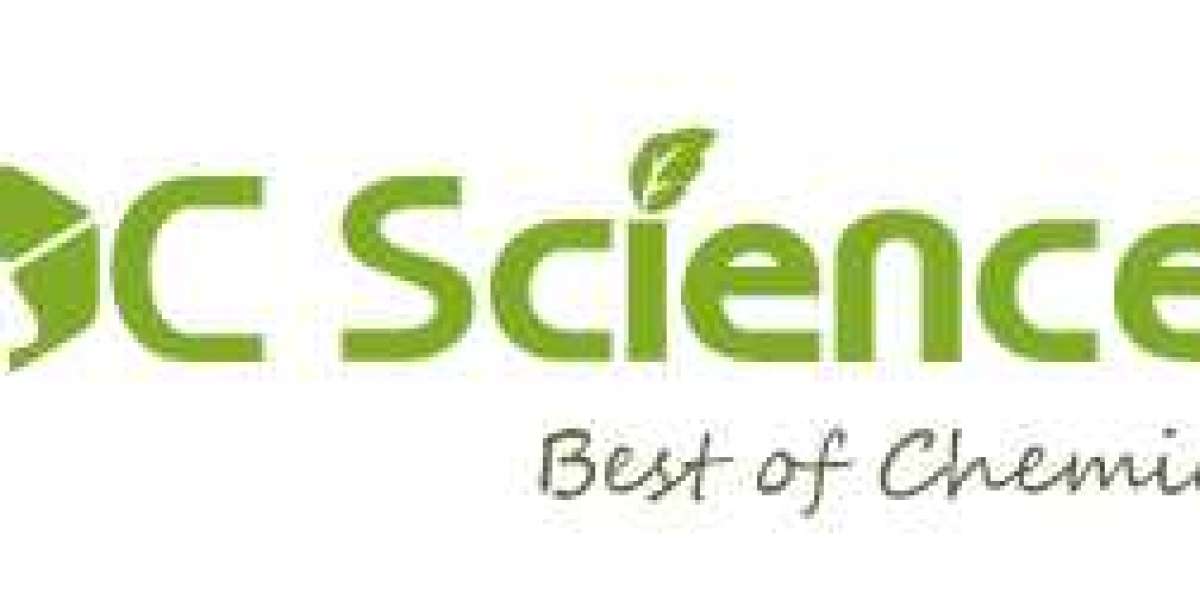What are antibody-drug conjugates (ADCs)? Antibody-drug Conjugate (ADC) is a chemotherapeutic drug with strong cytotoxicity, which has both the powerful lethality of small molecule drugs and the high targeting of pure monoclonal antibodies, so it has become a hot issue in the research and development of tumor targeted therapy.
What are the technologies used in ADC? The production technologies of ADC mainly includes monoclonal antibody preparation, linker preparation, small molecule drug preparation, ADC conjugation, purification and finished product assembly.
What are the mechanism of action of ADCs? Mechanistically, an ADC acts by binding to the target antigen on the cell surface, followed by its internalization via antigen-mediated endocytosis, trafficking into the lysosome, and the release of the payload through the proteolytic degradation of the antibody moiety and/or cleavage of the linker.
What are the principles of ADC development? The rationale for developing an ADC is that linking a cytotoxic agent to a tumor-targeting antibody will enable its selective targeting to cancer cells, leading to their eradication while sparing cells in normal tissues.
What are the manufacturing steps of ADCs? ADCs are relatively complicated products which require careful assembly. In some cases, preparation of antibody and drug--linker and the final conjugation are done at different sites by specialist companies. ADC manufacturing is a multistep process that can be divided into three distinct stages: cGMP production of the antibody, cGMP synthesis of the drug-linker complex, and conjugation to form the ADC.
What are drug antibody ratio (DAR)? DAR is defined as the number of small drug molecules attached to an antibody, which can be obtained by testing methods such as HPLC-MS. A clear DAR value is essential for the later stages of ADC drug development. ADC drugs are taken up by tumor cells in limited quantities during circulation in vivo, so a higher DAR is generally beneficial for increased potency.
Are ADCs immunotherapy? Antibody drug conjugates (ADCs) are a form of targeted immunotherapy. They are composed of three components: a monoclonal antibody (mAb) and a cytotoxic payload made from a chemotherapy agent, which are connected together using a chemical linker.
What are the next generation ADCs? The key of next generation ADC drugs is site-specific binding that can ensure a clear DAR. Through the specific binding of small molecule drugs and monoclonal antibodies, the stability and pharmacokinetics of the drugs are significantly improved, and relative drug activity and binding activity to cells at lower antigen levels are enhanced as well. In addition, antibody optimization, linkers, and small molecule drugs can significantly improve the therapeutic effect of ADC drugs.
How many antibody drug conjugates are approved? After decades of research and troubleshooting , appreciable technological advances and an improved mechanistic understanding of ADC activity has culminated in the FDA approval of 14 ADCs, each providing demonstrable therapeutic benefit to cancer patients.
How to design a good ADC drug? To design a good ADC drug, choosing the right combinations of antibody backbone, linker chemistry (conjugation technology), and payloads is crucial. Each of these components must be adjusted and optimized to obtain the correct balance between effectiveness and safety. For example, the ideal affinity of an antibody depends on the density of the antigen on the target; bystander activity may or may not be required;
Source: https://adc.bocsci.com/resource/frequently-asked-questions.html








